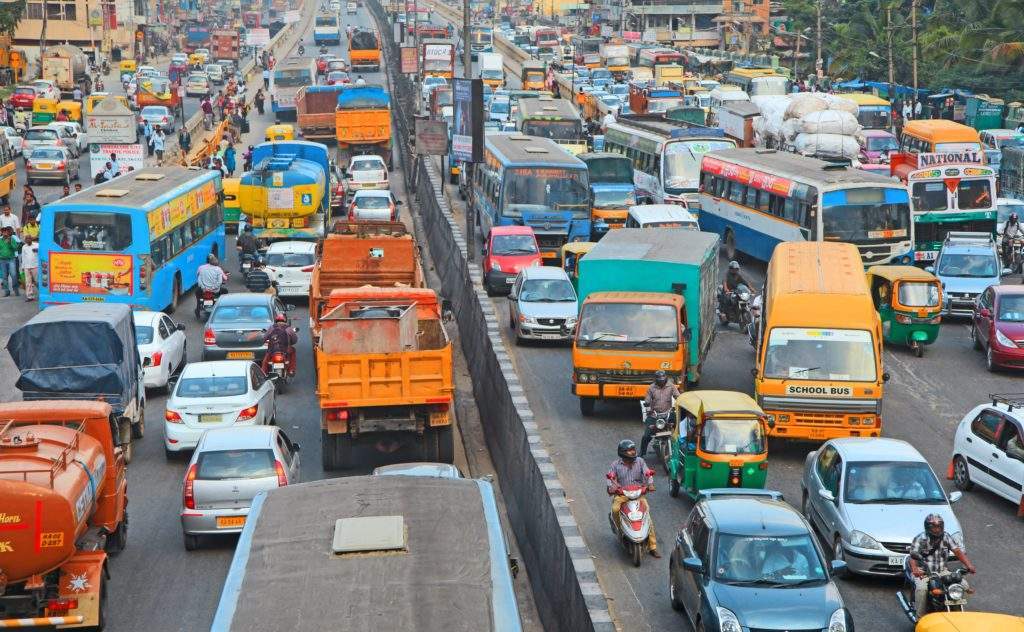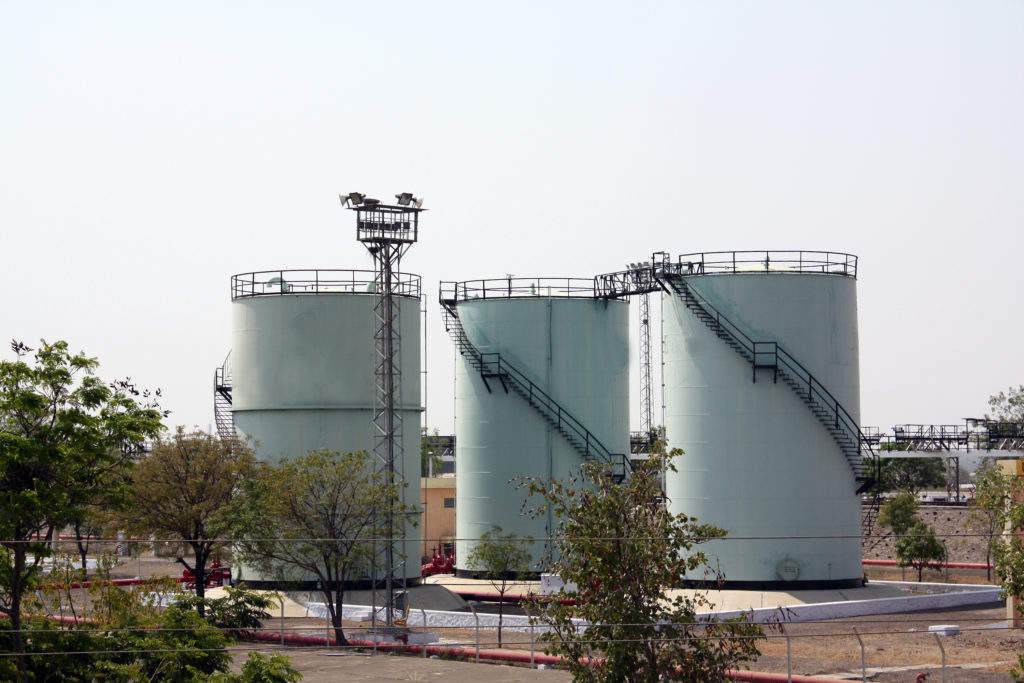
Oil demand growth in India – driven by rising income levels, a burgeoning middle class and the growing need for mobility – is on course to overtake that in China, making it the world’s largest oil demand growth centre by 2024.
That’s the conclusion of a new report by Wood Mackenzie, which predicts oil demand in Asia’s third-largest economy will grow by 3.5 million barrels a day (b/d) from 2017 to 2035, accounting for one-third of global oil demand growth.
Surge in oil demand growth in India
Total oil demand in India surged for the eighth consecutive month in April to 17.7 million tons, while consumption increased by 4.5%, thanks to continued industrial growth in the world’s second most populous nation.
Bloomberg reports that core sector industrial production rose 4.1% in March, while the following month passenger vehicle sales, and sales of trucks and buses, rose by 7.5% and 76% respectively.

India’s total fuel demand grew by 9% to 17.9 million tons in June compared with the corresponding month a year ago, and petrol demand grew by 15% to 2.38 million tons.
In July, total fuel demand demand rose 7.4% compared with the same month in 2017. Consumption of fuel, a proxy for oil demand, totalled 17.06 million tons, according to the Indian oil ministry’s Petroleum Planning and Analysis Cell (PPAC).
Why India needs additional domestic refinery capacity
The new report by Wood Mackenzie includes a note of caution. With only 400,000 b/d of firm additional refinery capacity planned to 2023, refinery supply in India will struggle to keep up with demand growth until the new $44bn integrated refinery and petrochemicals complex at Ratnagiri – the framework agreement for which was signed in June – becomes operational.
“From a balanced position today, Indian public sector undertakings (PSUs) or refineries owned by national oil companies will become short on transport fuels at least until the 1.2 million b/d mega refinery, a proposed joint venture among Indian PSUs, Saudi Aramco and ADNOC, comes online,” says Sushant Gupta, research director at Wood Mackenzie.
How much and how soon new refinery capacity is required in India is dependent on two key factors.
First, the pace of oil demand growth, and second whether or not private refiners choose to divert their large export volumes to the domestic market.
According to Wood Mackenzie, factors such as GDP growth, road infrastructure developments, electrification of the transport sector and fuel efficiency improvements could all have very different implications for oil demand, putting new refinery projects at risk.
For example, high demand coupled with no increase in private refiners supply to India could lead to substantial under-capacity, whereas a low demand scenario paired with high diversion of private refiners’ exports to India would lead to over-capacity.
“We think the most likely situation is that India would need between 3.2 million b/d and 4.7 million b/d of new capacity out to 2035 to remain self-sufficient in transport fuels,” says Gupta.
“So we are talking about a future capacity which is 1.7 to 2.0 times the current. This is clearly an uphill task, unless domestic refiners can commit to their planned capacity additions.”

Gasoline yields and imports
Wood Mackenzie also notes that current refinery yields in India are highly weighted towards diesel and with the gasoline-to-diesel demand ratio expected to rise, new capacity needs to focus on increasing gasoline yields.
However, over the longer term the world faces a global surplus of gasoline, leaving Indian refiners facing a dilemma; namely, that increasing gasoline yields to satisfy domestic demand will result in reduced investor returns, which in turn could impact the pace of future refinery capacity additions.
An alternative is to import products, particularly gasoline, from the US and Europe, both of which are expected to have surpluses as domestic demand declines.
However, the report argues that long-haul trade may be affected by concerns around security of supply.






